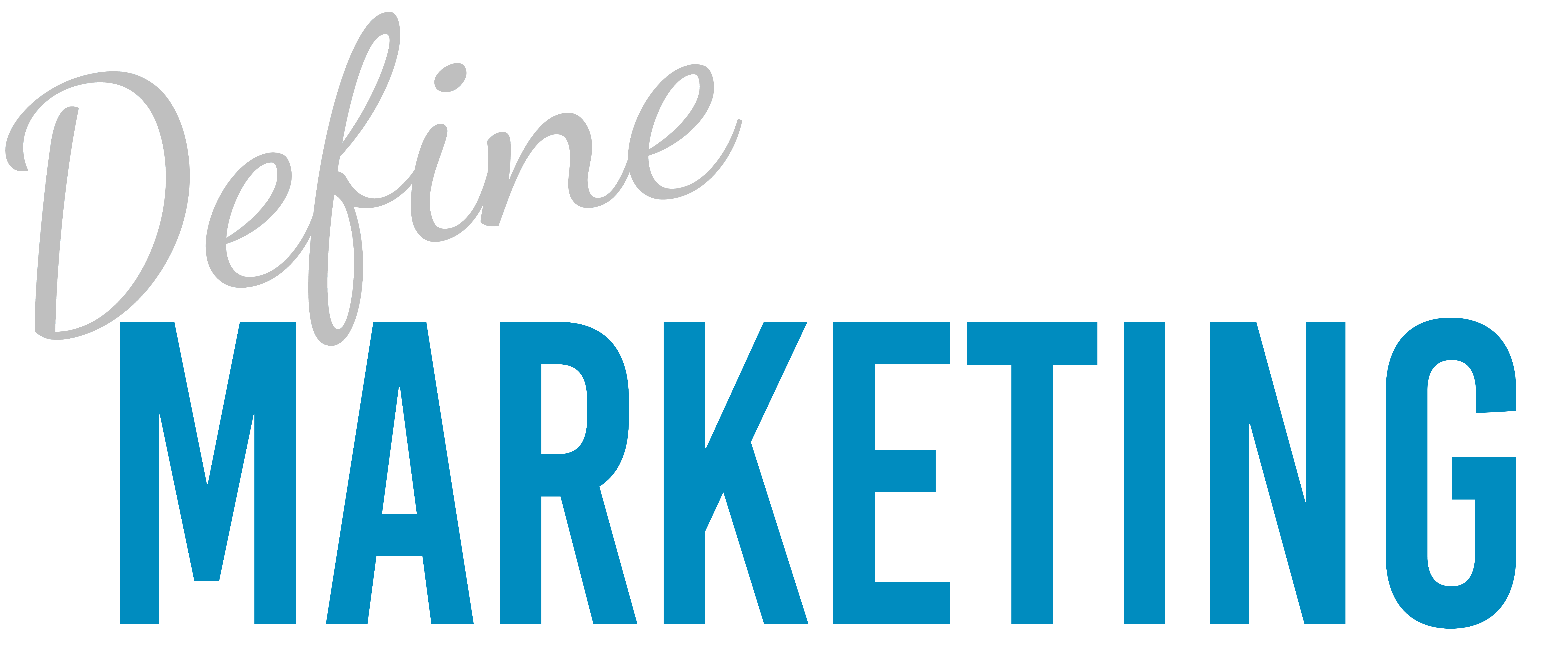Are you thinking about starting a podcast for your business? Whether you’re new to podcasting or looking to refine your approach, this guide will walk you through everything you need to know to get started, from planning and creating your podcast to promoting and growing your audience.
What is a Podcast?
A podcast is a digital audio file available for streaming or download from the internet. Podcasts come in various formats, such as interview-style shows, solo hosts sharing stories or opinions, or news-focused episodes that offer the latest updates on a particular topic. The flexibility of podcasting makes it a fantastic medium for businesses looking to engage their audience.
Podcast Hosting: What Is It?
To share your podcast with the world, you’ll need a podcast hosting platform. Podcast hosts allow you to upload episodes, track performance, and access promotional tools. Popular platforms include:
- Libsyn
- Podbean
- Buzzsprout
- Podcast Websites
The 10-Step Process for Planning a Podcast
- Define Your Goals: Determine what you want to achieve and who your target audience is.
- Choose a Format: Decide on the type of content and podcast structure that fits your goals.
- Plan Your Content: Create outlines for each episode, focusing on topics relevant to your audience.
- Find Guests/Co-hosts: If you’re conducting interviews, line up experts and thought leaders in your industry.
- Record and Edit: Use high-quality recording tools to capture and polish your podcast episodes.
- Publish: Upload your episodes to your podcast host and make them available to listeners.
- Promote: Use social media, blogs, email marketing, and ads to promote your show.
- Track Performance: Monitor analytics to track downloads and listener engagement.
- Optimize for SEO: Use relevant keywords in episode titles, descriptions, and show notes.
- Iterate and Improve: Refine your podcast over time based on listener feedback and data.
Essential Equipment for Podcasting
To start a podcast, you’ll need the following tools:
- Microphone: Blue Yeti and Audio-Technica are popular choices for quality audio.
- Recording Software: Tools like Audacity (free) or GarageBand can be used to record your episodes.
- Headphones: Ensure you can monitor your audio clearly while recording.
- Editing Software: Software like Audacity or Adobe Audition can help you edit and polish your episodes.
Benefits of Podcasting for Your Business
- Increased Brand Exposure: Podcasting helps build brand awareness and authority.
- Enhanced Customer Engagement: Podcasts provide a personal connection with your audience, helping build trust.
- Improved SEO: Optimized podcasts can improve your search engine rankings.
- Wider Reach: Podcasts allow you to engage with a broader audience at any time.
- Boosted Sales: By sharing valuable content, you can drive conversions and increase sales.
10 Simple Ways to Promote Your Podcast
- Start an Email List: Use email newsletters to notify your subscribers of new episodes.
- Leverage Social Media: Share updates and links to new episodes on Facebook, Instagram, and Twitter.
- Guest Posting: Write guest posts on relevant blogs to introduce your podcast to new audiences.
- Paid Advertising: Use targeted ads on Google and social media to promote your podcast.
- Collaborate with Podcasters: Cross-promote episodes with other podcasts in your niche.
- Encourage Reviews: Ask listeners to leave reviews on podcast directories like iTunes.
- Optimize for Search: Include keywords in your podcast titles and descriptions.
- Host Live Events: Hold live recordings or Q&A sessions to build engagement.
- Repurpose Content: Convert podcast episodes into blogs, videos, or infographics.
- Engage with Listeners: Interact with your listeners on social media or through email.
How to Submit Your Podcast to Directories
To reach more listeners, submit your podcast to popular directories like iTunes and Spotify. Most podcast hosts will guide you through the process, but here are the basic steps:
- Create Accounts: Sign up for accounts with directories such as Apple Podcasts, Spotify, or Stitcher.
- Provide Show Information: Fill in your show title, description, and cover art.
- Submit for Review: Submit your podcast for review and approval, which can take a few days.
17-Point Checklist for Podcasting Success
- Plan your content and format.
- Choose a memorable podcast name.
- Select a podcast hosting platform.
- Record high-quality episodes.
- Edit episodes for clarity and consistency.
- Optimize metadata for SEO.
- Publish and promote episodes.
- Track analytics and adjust strategy.
- Collaborate with other podcasters.
- Engage with listeners regularly.
- Cross-promote with other content platforms.
- Add sponsorships for additional revenue.
- Explore new podcast formats.
- Stay consistent with publishing schedules.
- Vary your episode lengths to fit your content.
- Keep your content fresh and engaging.
- Experiment with new tools and tech.
Conclusion
Podcasting offers a fantastic opportunity for businesses to connect with their audience, build brand authority, and drive sales. By following these steps and implementing a sound strategy, you can launch a podcast that resonates with your listeners and grows your business. From planning and recording to promoting and tracking results, your podcast can become a powerful marketing tool that helps your business thrive.


